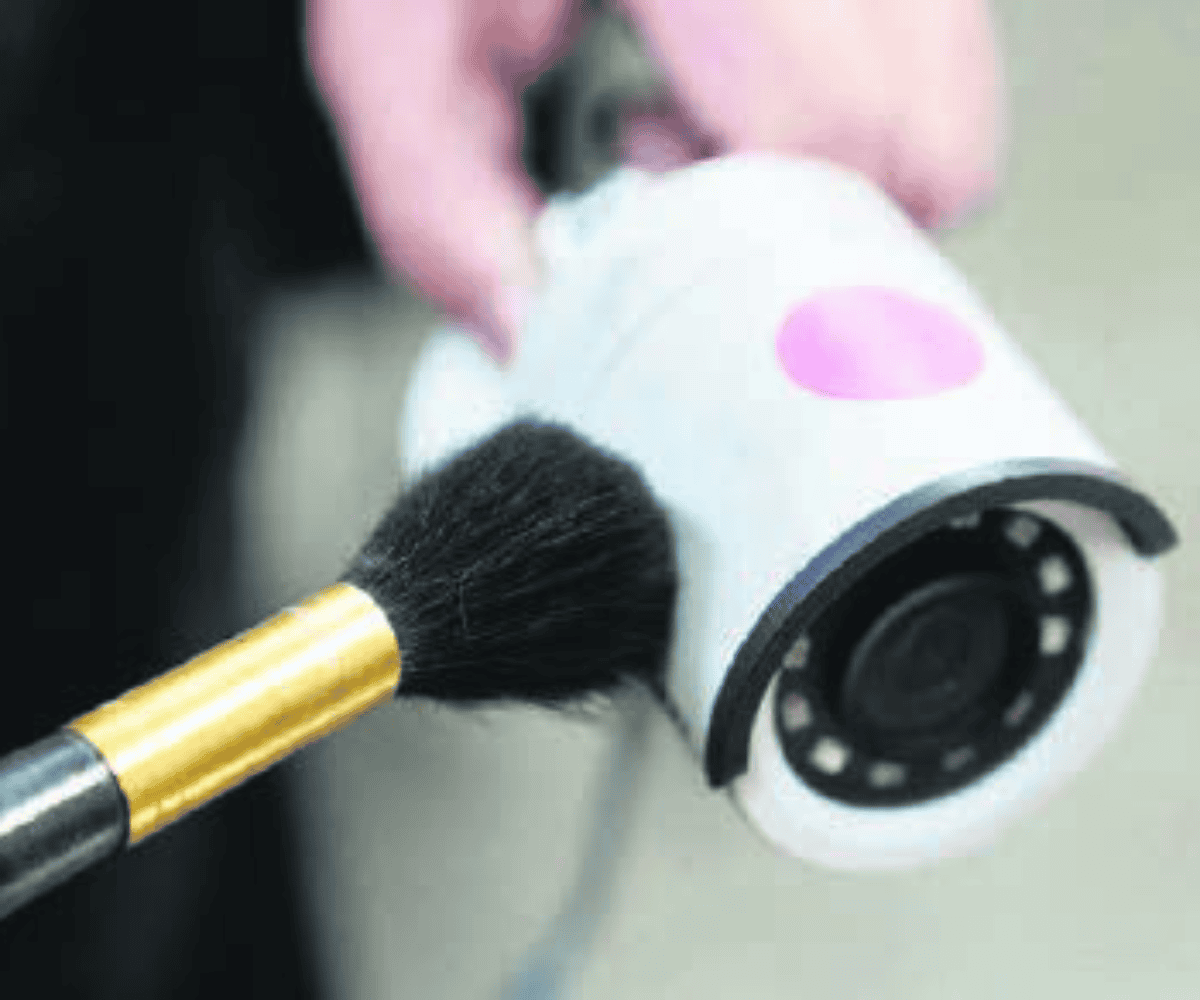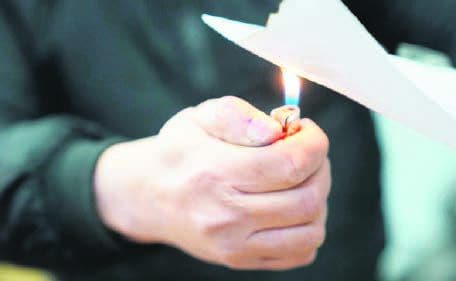From aluminium powder to Dragon’s Blood extract, fingerprint detection remains both a science and an art in modern forensics.

Fingerprints have been the mainstay of crime scenes and criminal investigations for the longest time.
While newer technology like DNA can catch almost anyone, fingerprints remain one of the most reliable sources of evidence.
A crime scene expert who demonstrated the process to The Citizen said these silent imprints continue to play a critical role in solving crimes.
“People often imagine you just dust a surface and a perfect print appears,” he said.
“But it is not that simple. Every surface behaves differently. Glass is one thing, cardboard another and fabrics are more challenging still.
“It is about understanding both the science and the material with which you are working.”
The chemical composition of fingerprints
Most fingerprints are invisible to the naked eye, he said.
“They consist of fatty acids, amino acids, natrium chloride, water and other organic components that cling to whatever a person touches. To make them visible, powders, chemical procedures and flame processes are used.
“Black powder is the standard choice for lighter surfaces, while aluminium powder works better on darker ones.”
Then there are magnetic powders. This powder excess can be removed from a vertical surface.
More unusual compounds like a powder called Dragon’s Blood extract can be used on difficult materials such as bamboo.

ALSO READ: Pensioner with ‘invisible fingerprints’ refused a driving permit
Time and environment impact fingerprint recovery
“You must also consider how long the print has been there. If it has been exposed to sunlight, heat, moisture, contamination of the crime scene, or people walking through the scene like paramedics, the chances of getting a clean print drop quickly.”
Porous surfaces such as paper, cardboard or fabric require different approaches.
It is even possible to dust a leaf using gold dust, a plastic bag and a smooth-surfaced label on a porous CCTV camera body.
High-tech tools enhance traditional methods
Copper powder is used for car dashboards. Laboratory techniques using reagents react with the chemicals in the fingerprint residue, while compounds like blue oxide reveal patterns on items like pillow cases.
Tough prints can also be heated to make them appear. He demonstrated with a piece of paper, a set of dusted prints and a cigarette lighter.
In some cases, special lighting or laser-based methods bring out faint ridges.
‘A silent witness’
Advanced systems like automated fingerprint identification systems compare thousands of prints and return matches fast.
In one recent case, a fingerprint over three decades old was retrieved from a cabin in Canada that had remained untouched.
“A fingerprint is like a silent witness,” the expert said.
“It does not just show who was there. It can suggest when and even how they interacted with something.
“That is the beauty of forensics. It is science, but it is also about piecing together the human story behind the evidence.”
NOW READ: Evidence challenged in Jayden-Lee Meek murder investigation






